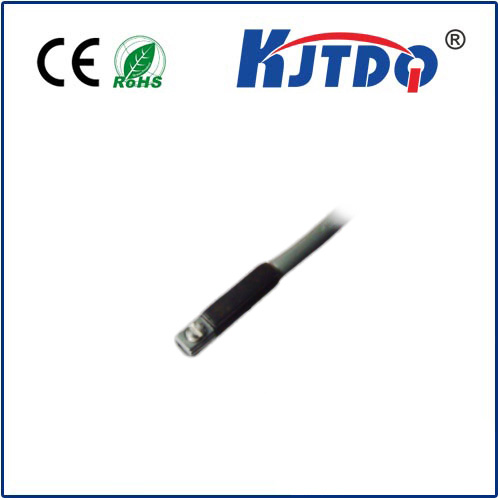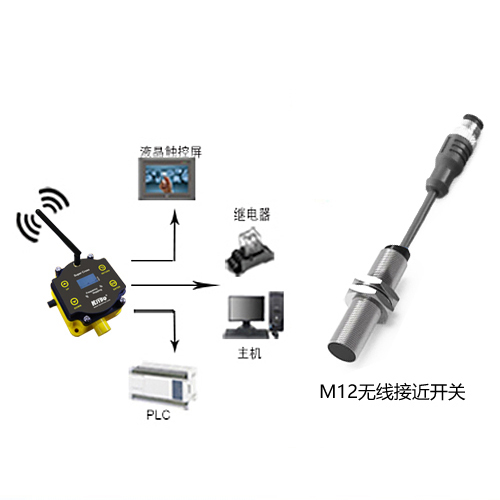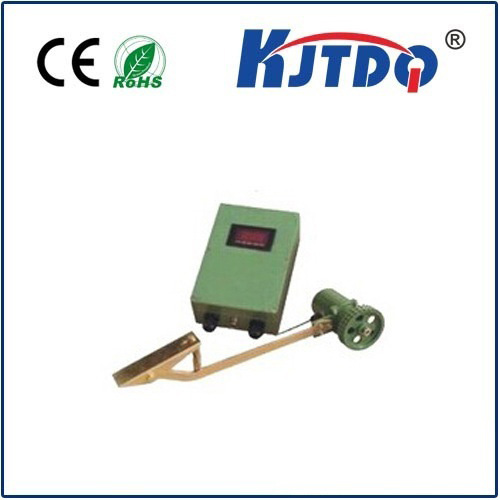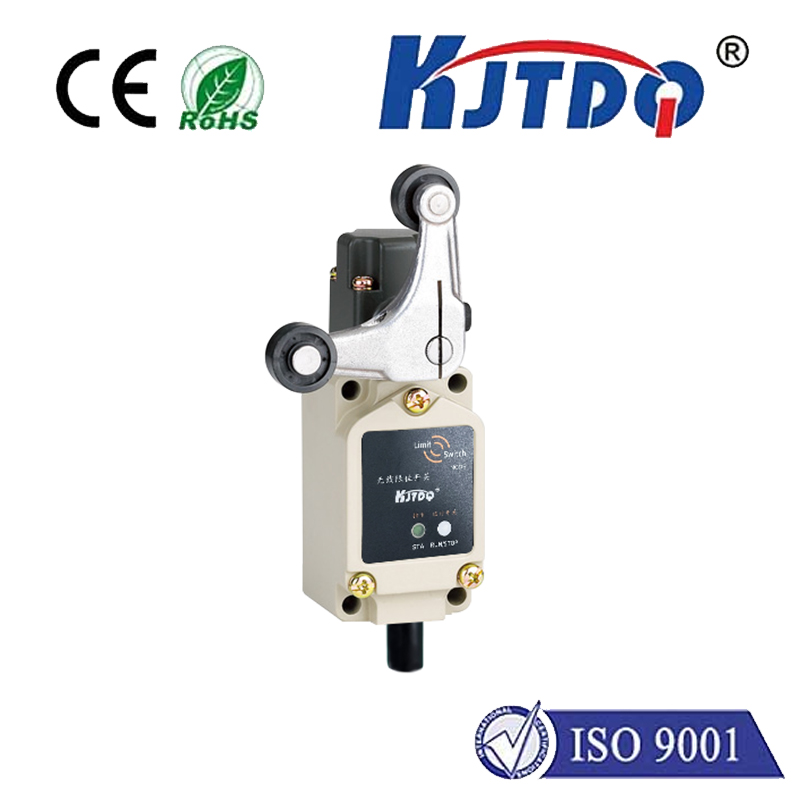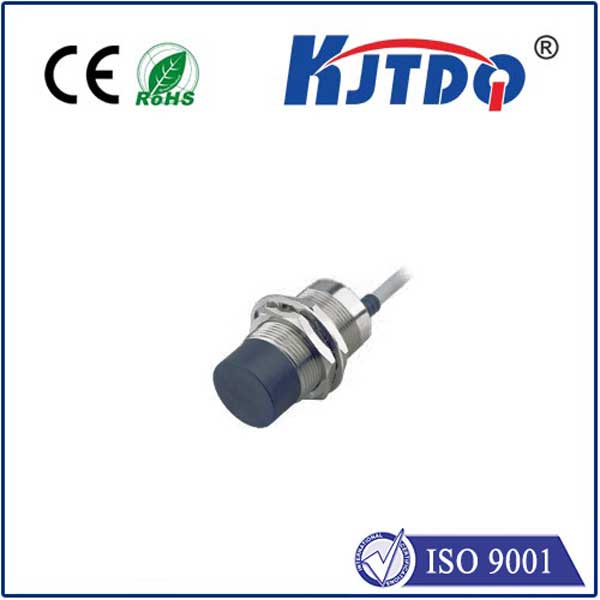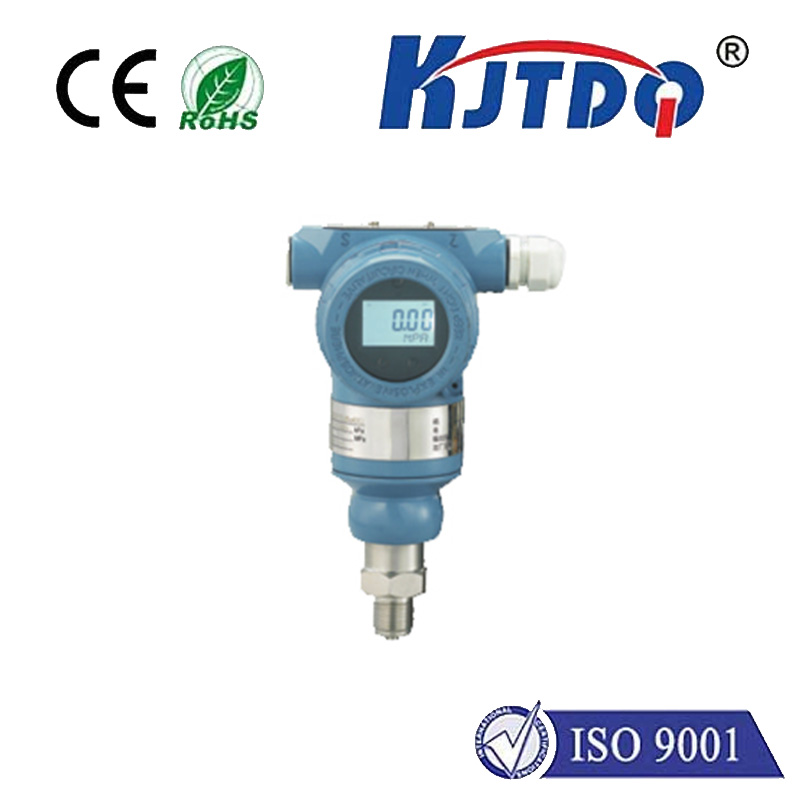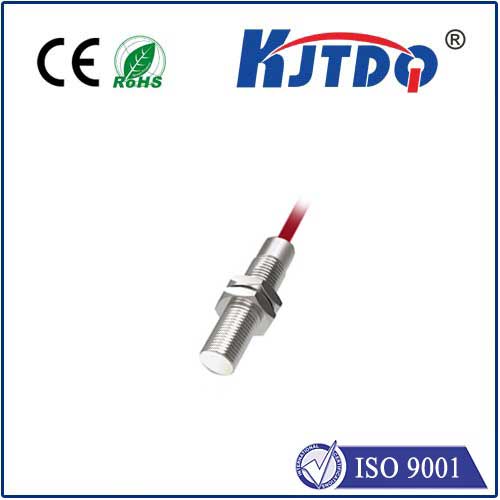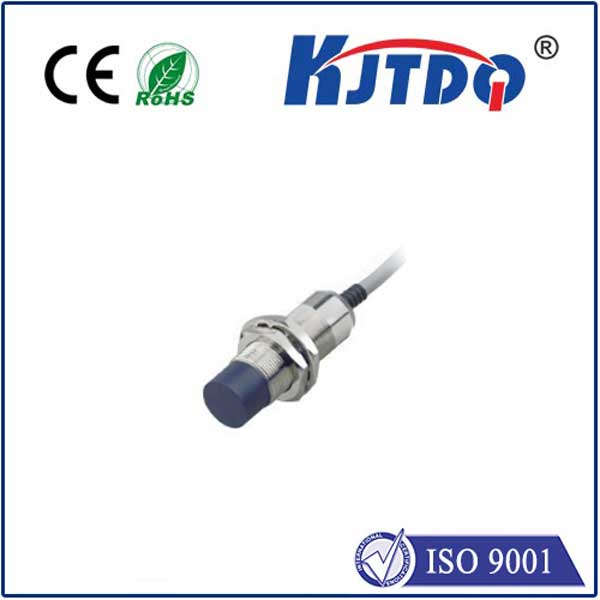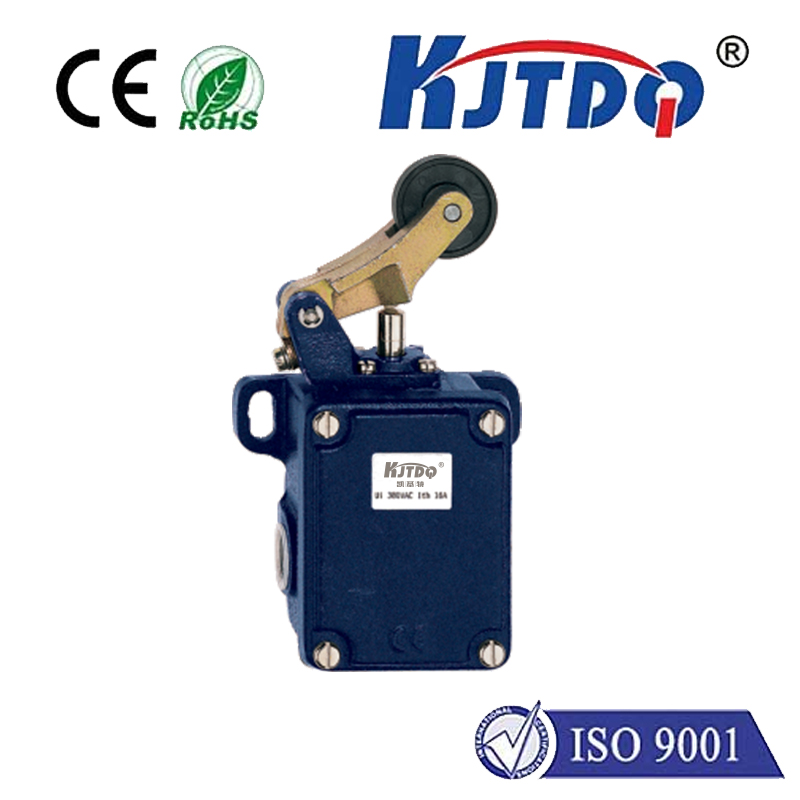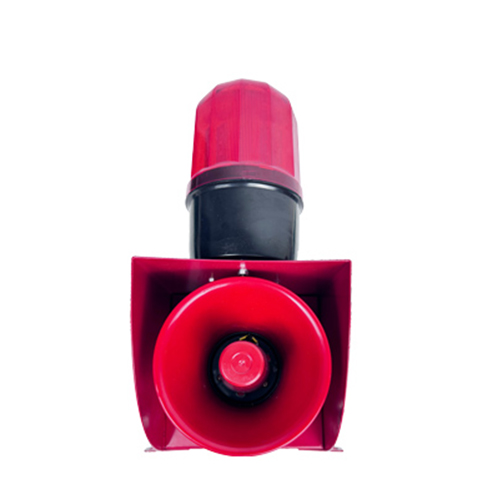

check

check

check

check

check

check

check

check

check

check
Introduction:
In today's technologically advanced world, sensors have become an essential component in various applications. One of the most common types of sensors is the inductive sensor. This type of sensor uses a magnetic field to detect a change in the electrical current flow, which can be used to measure various physical quantities such as temperature, distance, or position. In this article, we will provide a comprehensive guide to understanding inductive sensors, particularly their NPN configurations.
Section 1: What are Inductive Sensors?
An inductive sensor is an electronic device that utilizes a magnetic field to determine the presence or absence of a conductor. It works by creating a magnetic field around the conductor and measuring the changes in the electrical current flow caused by the interaction between the magnetic field and the conductor. The amount of current flowing through the conductor is directly proportional to the strength of the magnetic field, making it an efficient and reliable tool for detecting physical changes.
Section 2: Types of Inductive Sensors
There are two main types of inductive sensors: AC and DC. AC inductive sensors use a sinusoidal AC voltage to create a magnetic field, while DC inductive sensors use a direct current (DC) to do the same. The choice between AC and DC sensors depends on the specific application and requirements of the project.
Section 3: Inductive Sensors and NPN Configurations
NPN is an acronym that stands for No-Pull Non-Inverting. This configuration means that when the input to an NPN circuit is low, it will pull the base resistor to ground and activate the emitter transistor, allowing current to flow from the base to the emitter and out the collector. When the input to the circuit is high, the base resistor will not pull the emitter transistor, effectively turning off the circuit.
Section 4: Applications of Inductive Sensors with NPN Configurations
Inductive sensors with NPN configurations are widely used in various applications, including industrial automation, automotive systems, home electronics, and medical devices. Some common examples include proximity sensors, hall effect sensors, and magnetic resonance sensors.
Conclusion:
In conclusion, inductive sensors are powerful tools that can be used to detect a wide range of physical changes in real-time. With their ability to work with NPN configurations, they offer even more flexibility and functionality for engineers and designers. By understanding the basics of inductive sensors and how they work with NPN configurations, you can leverage their power to build innovative and effective solutions for your projects.
